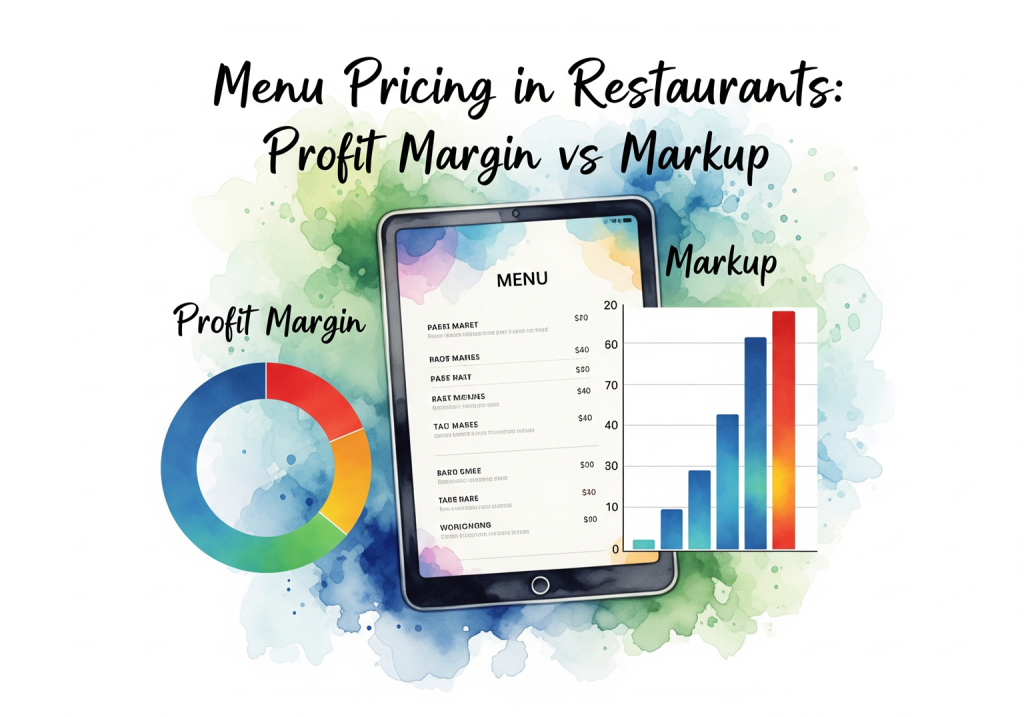Running a food court business in Malaysia can be exciting and rewarding, but it also comes with unique challenges. Managing your operational costs efficiently is one of the biggest challenges. Cleaning, maintenance, and security, costs can add up quickly. These expenses, known as operating expenses, are crucial to the daily running of your business. In this blog, let’s explore these costs in detail and look at some practical ways to manage them effectively.
Understanding Operational Costs
Operational costs are the expenses you incur to keep your business running daily. These include rent, utilities, cleaning, maintenance, and security. For food court owners, these costs can be even higher due to shared spaces, high customer turnover, and strict hygiene standards. In Malaysia, operational costs in food courts can vary depending on location and customer traffic, but some expenses are consistently necessary.
Key Operating Expenses in Malaysian Food Courts
To manage these expenses effectively, you need to know where your money is going. Here are some examples of operating expenses that are common in food courts in Malaysia:
- Cleaning
Cleaning is critical in food courts to meet health and safety standards. Since food courts are shared spaces, you may need to hire a cleaning crew to keep things clean. According to recent studies, cleaning costs for a food court can take up about 15-20% of total operating expenses. With Malaysia’s strict health regulations, food courts must be cleaned thoroughly multiple times a day, especially in high-traffic areas. - Maintenance
Regular maintenance is essential to keep kitchen equipment, seating areas, and shared spaces in top condition. Food courts see a lot of wear and tear, so repairs and upkeep are frequent. Maintenance costs can take up around 10-15% of operating expenses. Ignoring maintenance can lead to breakdowns, which could be even more costly if you have to replace equipment. - Security
Food courts handle a lot of cash transactions and attract high foot traffic, making security essential. Security guards, surveillance cameras, and theft prevention measures are some of the costs involved. In Malaysia, food courts in busy malls or popular areas invest significantly in security to prevent theft and protect customers and employees. - Utilities
Utilities like electricity, water, and waste disposal are also essential operating expenses. Due to the high usage of kitchen appliances and lighting, utility costs can be high in food courts. Studies show that in Malaysian food courts, electricity alone can account for 20% of total operational costs.
Challenges of Managing Operational Costs in Food Courts
Managing these operational costs can be challenging, especially in a competitive environment like a Malaysian food court. To make a profit, you need to balance cost control with customer satisfaction. Here are some common challenges:
- High Turnover and Maintenance Needs: Food courts serve hundreds or even thousands of people daily, causing faster wear and tear. High turnover increases the need for cleaning and maintenance, which can add up.
- Shared Spaces: Since food courts are shared, multiple vendors rely on common facilities like seating and restrooms. Coordinating cleaning, maintenance, and security can be challenging, especially when costs are split.
- Customer Expectations: Food courts are often in malls or busy areas where customers expect a clean, safe, and comfortable environment. Cutting costs in cleaning, maintenance, or security may disappoint customers and hurt your reputation.
Tips to Manage Operational Costs Effectively
Now that you know the main operational costs in Malaysian food courts, let’s discuss some strategies to manage them better.
1. Optimize Cleaning Processes
Cleaning is a must in food courts, but you can still manage these costs without compromising on quality.
- Schedule Smartly: Analyze customer traffic patterns to plan cleaning times. For instance, you might need extra cleaning staff during lunch and dinner hours but can reduce staff during quieter times. This saves labor costs.
- Use Efficient Products: Invest in efficient, multipurpose cleaning products that require less time and effort. High-quality cleaning tools, like microfiber mops and cloths, can reduce cleaning time and improve results.
- Outsource When Possible: Hiring a cleaning company can be cost-effective if you negotiate a contract. They handle labor costs, cleaning products, and any employee turnover issues, making it easier to manage expenses.
2. Preventive Maintenance
Maintenance costs can pile up if you wait until something breaks. Preventive maintenance can help keep equipment and facilities in good condition and reduce sudden repair costs.
- Regular Inspections: Schedule regular inspections for your equipment and facilities. Identify minor issues before they become bigger (and costlier) problems.
- Invest in Durable Equipment: When purchasing equipment, focus on quality. Spending a bit more upfront for durable kitchen appliances or seating will save you money on repairs and replacements in the long run.
- Plan for Future Replacements: Create a schedule for replacing items like tables, chairs, and other high-use items. This lets you budget for these costs in advance instead of facing sudden expenses.
3. Improve Energy Efficiency
Utility costs are unavoidable, but there are ways to reduce them by using energy efficiently.
- Switch to LED Lighting: LED lights use up to 75% less energy than traditional bulbs. They also last longer, saving on replacement costs.
- Regular Equipment Maintenance: Malfunctioning equipment can drain energy. Make sure your fridges, stoves, and other appliances are working efficiently by cleaning them regularly and repairing them when needed.
- Turn Off Equipment When Not in Use: During slow hours, turn off appliances that aren’t in use. Set timers for lights in storage rooms and areas where you don’t need constant lighting.
4. Enhance Security Without Breaking the Bank
Security is necessary, but there are cost-effective ways to manage it.
- Use Technology: Surveillance cameras can reduce the need for physical security guards. You can monitor multiple areas at once and review footage if issues arise.
- Train Your Staff: Educate employees on handling cash and monitoring for theft. For instance, teach them to be alert for suspicious activity. Well-trained staff can reduce the risk of theft without needing additional security.
- Collaborate with Nearby Vendors: Since food courts are shared spaces, consider sharing the cost of security with other vendors. This is often possible in food courts where the mall or building management also contributes to security costs.
5. Negotiate with Vendors and Suppliers
Food court owners often work with multiple suppliers for ingredients, cleaning products, equipment, and more. Negotiating better deals with suppliers can reduce your operating expenses.
- Bulk Purchases: Consider buying cleaning products and ingredients in bulk to get discounts. Many suppliers offer discounts for larger orders, which can help reduce your costs.
- Long-term Contracts: Suppliers may offer better rates if you commit to a long-term contract. This can work well for essential items like cleaning products and security services.
6. Keep Track of Costs Regularly
One of the best ways to manage operating expenses is to keep a close eye on them. Many restaurant owners only review their expenses monthly, but food court businesses benefit from more frequent tracking.
- Use POS Systems: Point-of-sale (POS) systems can help track sales and expenses, making it easier to identify where you’re overspending. POS systems with analytics can give insights into peak hours, top-selling items, and areas where you can cut costs.
- Set Budgets: Create monthly budgets for cleaning, maintenance, security, and utilities. Track your spending closely, and adjust when necessary. Setting realistic budgets can keep you from overspending.
Running a food court business in Malaysia is rewarding but requires careful financial management. By understanding your operational costs, such as cleaning, maintenance, and security, you can find ways to manage them effectively. Implementing these cost-saving strategies can help you reduce expenses without compromising on quality. Remember, the key to long-term success is balancing customer satisfaction with smart spending.
Operational costs are part of every business, but with planning, budgeting, and the right strategies, you can keep them under control. The savings you make on operating expenses can help boost your profits, giving your business a strong foundation for growth.




